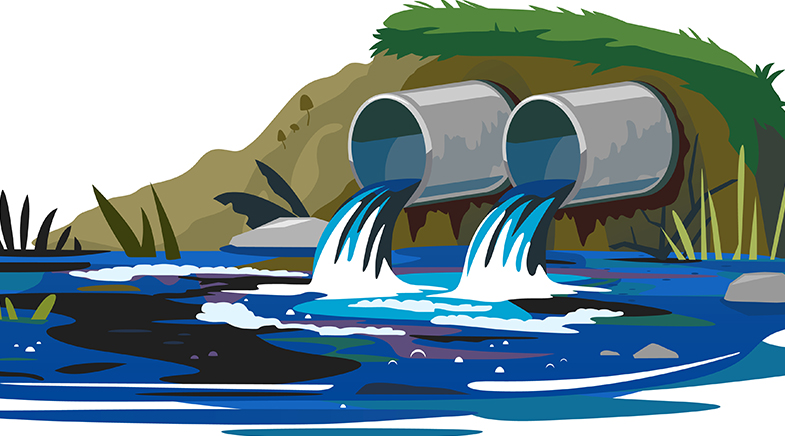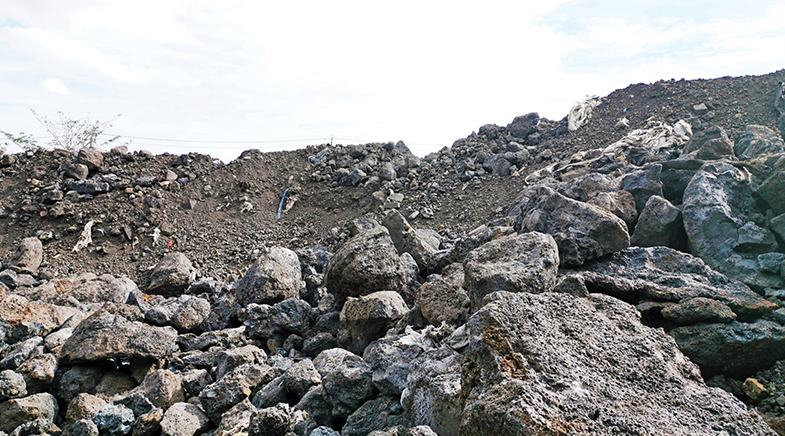Two-in-one solution to environmental problems
-
- from Shaastra :: vol 02 issue 01 :: Jan - Feb 2023

It's a two-in-one solution of a different kind: an electrochemical desalination cell that can address two pressing environmental problems. The fuel cell, developed by a team of chemical engineers at the Indian Institute of Technology (IIT) Madras, can convert toxic chromium present in industrial effluent into a benign variant — and remove salt from seawater, making it usable. And all this is done without any external supply of electricity.
Desalination and effluent treatments are currently carried out as standalone processes and have their own sets of problems. Desalination of one cubic metre of water (1,000 litres) needs 68 units of electricity. Similarly, the effluent treatment is costly, and there are stringent conditions to be met.
Hexavalent chromium, a by-product of leather tanning and found in effluents from industries such as chrome plating, is highly toxic. The fuel cell that the IIT Madras scientists reported in Desalination (expected to be out in March) is capable of reducing the hexavalent chromium into industrially useful trivalent chromium, besides removing sodium chloride (salt) from seawater.
Built by a team led by Raghuram Chetty, Associate Professor at the IIT Madras Department of Chemical Engineering, the reactor is made of three chambers. The three chambers are, respectively, filled with an equal measure of urea, salt water, and chromium-contained industrial effluents. While the urea solution is anolyte (electrolyte for the anode chamber), the cathode chamber is filled with the industrial effluents. The saltwater occupies the middle chamber. Each of the chambers is separated by membranes which prevent the mixing of the wastes.
PAST ISSUES - Free to Read


Have a
story idea?
Tell us.
Do you have a recent research paper or an idea for a science/technology-themed article that you'd like to tell us about?
GET IN TOUCH














